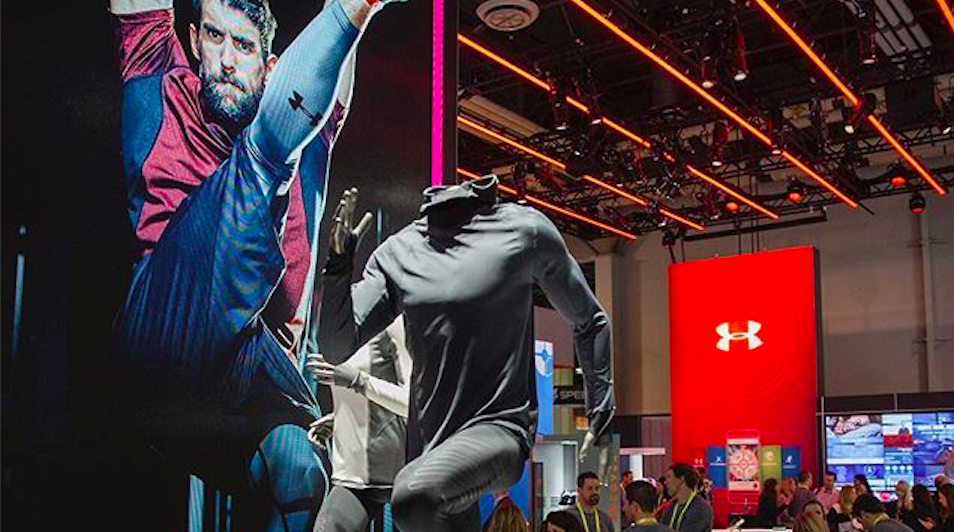A day after its stock tumbled 26 percent following weak earnings news and a disappointing outlook, Standard & Poor’s lowered the credit rating of Under Armour to below investment grade.
Under Armour’s corporate credit rating was lowered to double-B-plus from triple-B-minus. Its $600 million in senior unsecured bonds was downgraded to the same speculative-grade level, “BB+.”
In lowering its rating, S&P cited heightened competition, pricing pressures, the weak retail environment,”weak operational execution by the company” and increasing costs to support growth.
“We now believe the company will generate about 10 percent sales growth annually and margins will be in the 12 percent range, which results in leverage slightly below 3x,” said S&P analyst Mariola Borysiak.
S&P also expects margins will be in the 12 percent range, which results in leverage slightly below 3x. Looking ahead, a negative outlook on Under Armour’s ratings due to risks that the company could miss S&P’s revised outlook due to an increasingly promotional industry environment, competition from Nike and Adidas, slower category growth and higher-than-expected spending to fund growth. Only about 8 percent EBITDA decline from its forecasted level for 2017 would lead to debt leverage increasing to 3x or above to drive a downgrade.
S&P concluded, “A revision of the outlook to stable would be predicated on our belief that the company can demonstrate profitable sales growth, stabilize or improve operating margins and execute successfully on its growth plan. In addition, for a revision of the outlook to stable, we would expect the company to maintain financial leverage well below 3x.”
Moody’s didn’t alter its debt ratings following the Q4 miss and revised guidance, but changed its outlook to negative from stable.
Stated Moody’s analyst Mike Zuccaro, “The revised guidance reflects the challenges the company faces with balancing aggressive global growth while navigating a challenging North American apparel retail environment; a market in which it remains significantly concentrated. The affirmation reflects our expectation that the company will make appropriate adjustments to its cost structure in order to contain earnings declines and maintain appropriate credit metrics. We also believe that ongoing investments to drive growth in key areas make strategic sense and will further strengthen the company’s brand and competitive position in the market over the longer term.”
As reported, Under Armour reported fourth-quarter results that came in short of Wall Street targets and provided a bleak outlook for 2017. Sales are expected to grow in the range of 11 to 12 percent in 2017, well off its historical pace. The fourth quarter marked the first time in 26 quarters that the company didn’t see top-line growth greater than 20 percent.
Under Armour further sees a $100 million drop in operating income in 2017 as its SG&A spend can’t be reduced quickly enough to match the revenue shortfall and the company continues to make infrastructure investments to support a goal of doubling its sales to $10 billion.
Photo courtesy Under Armour
















